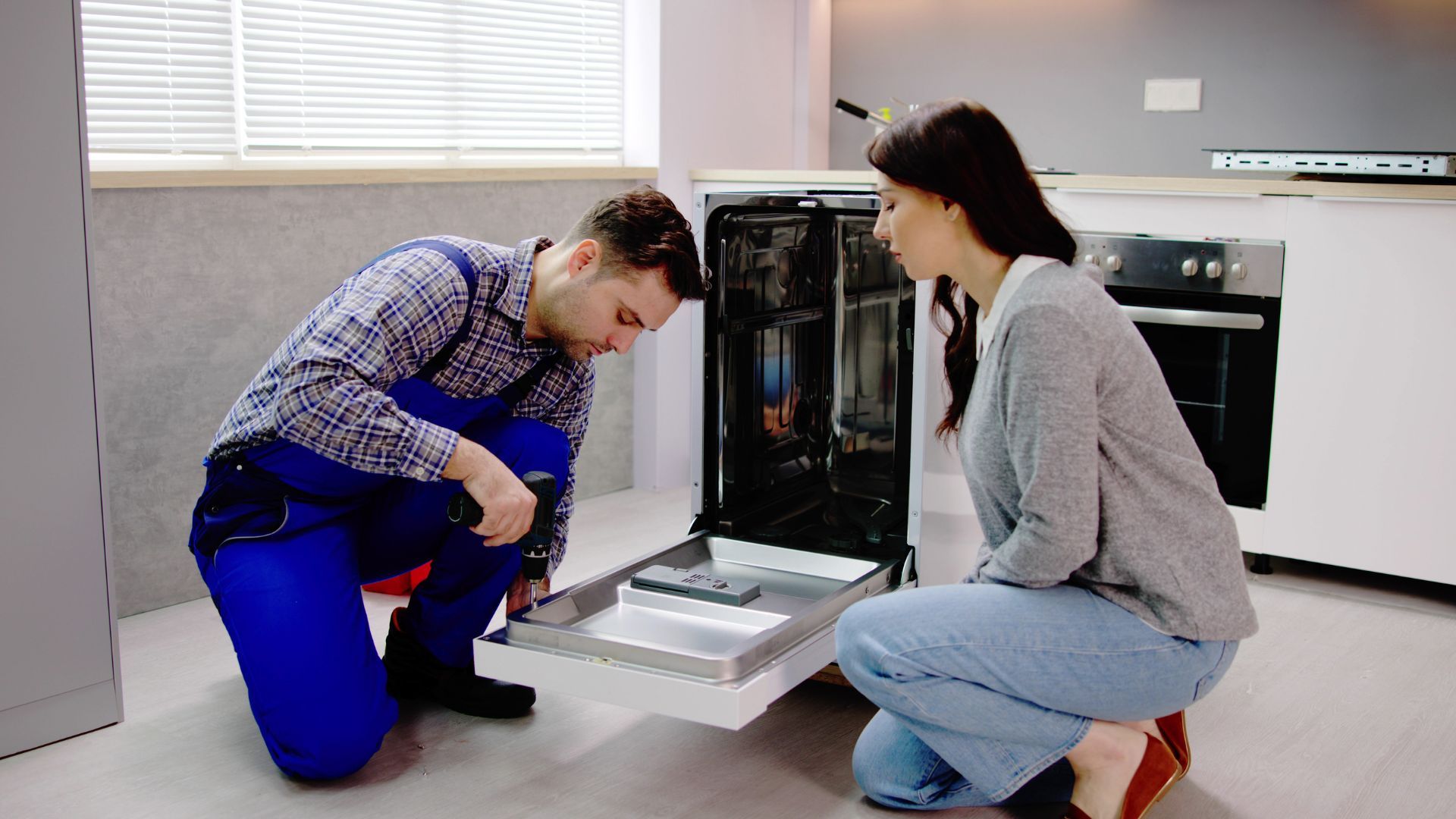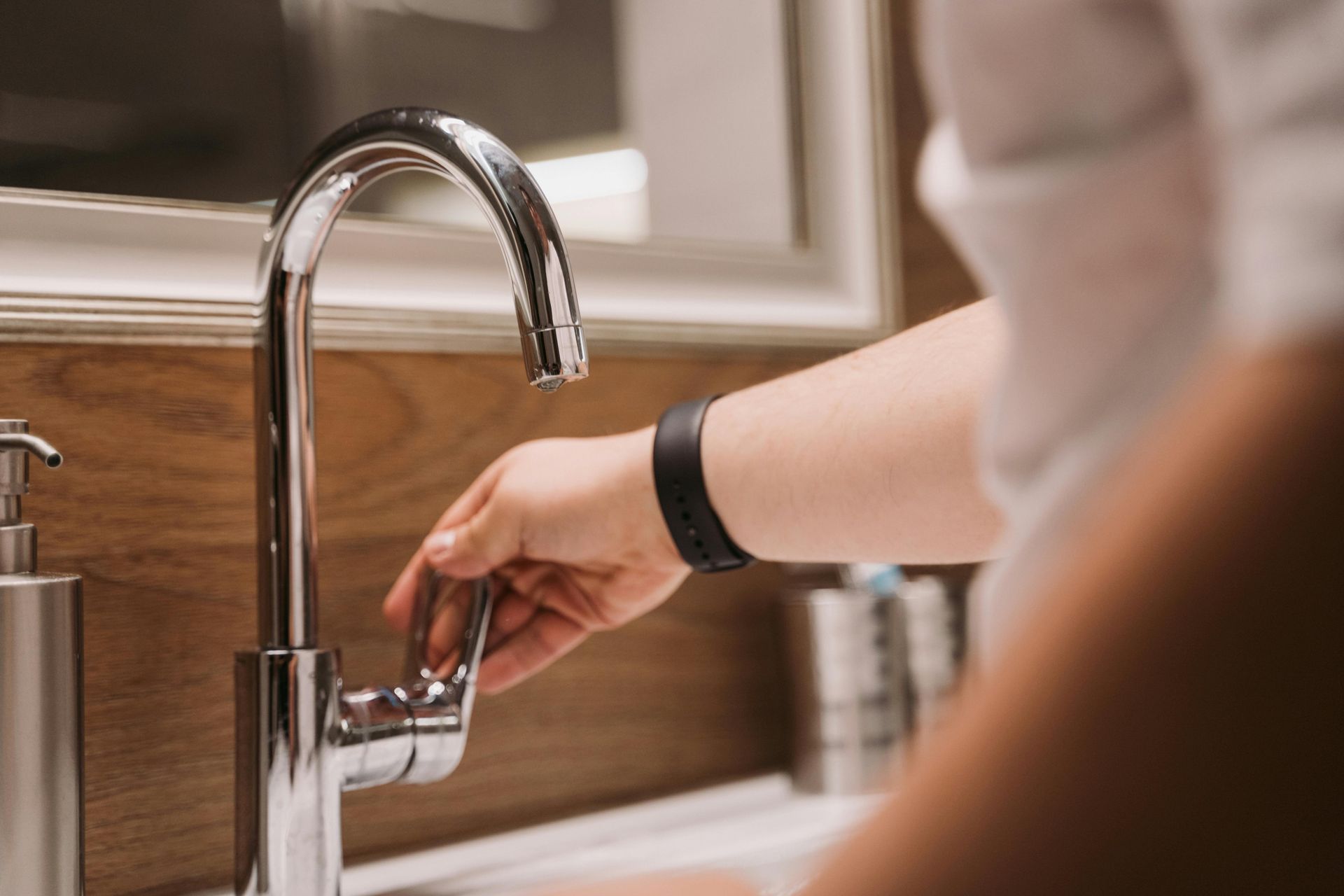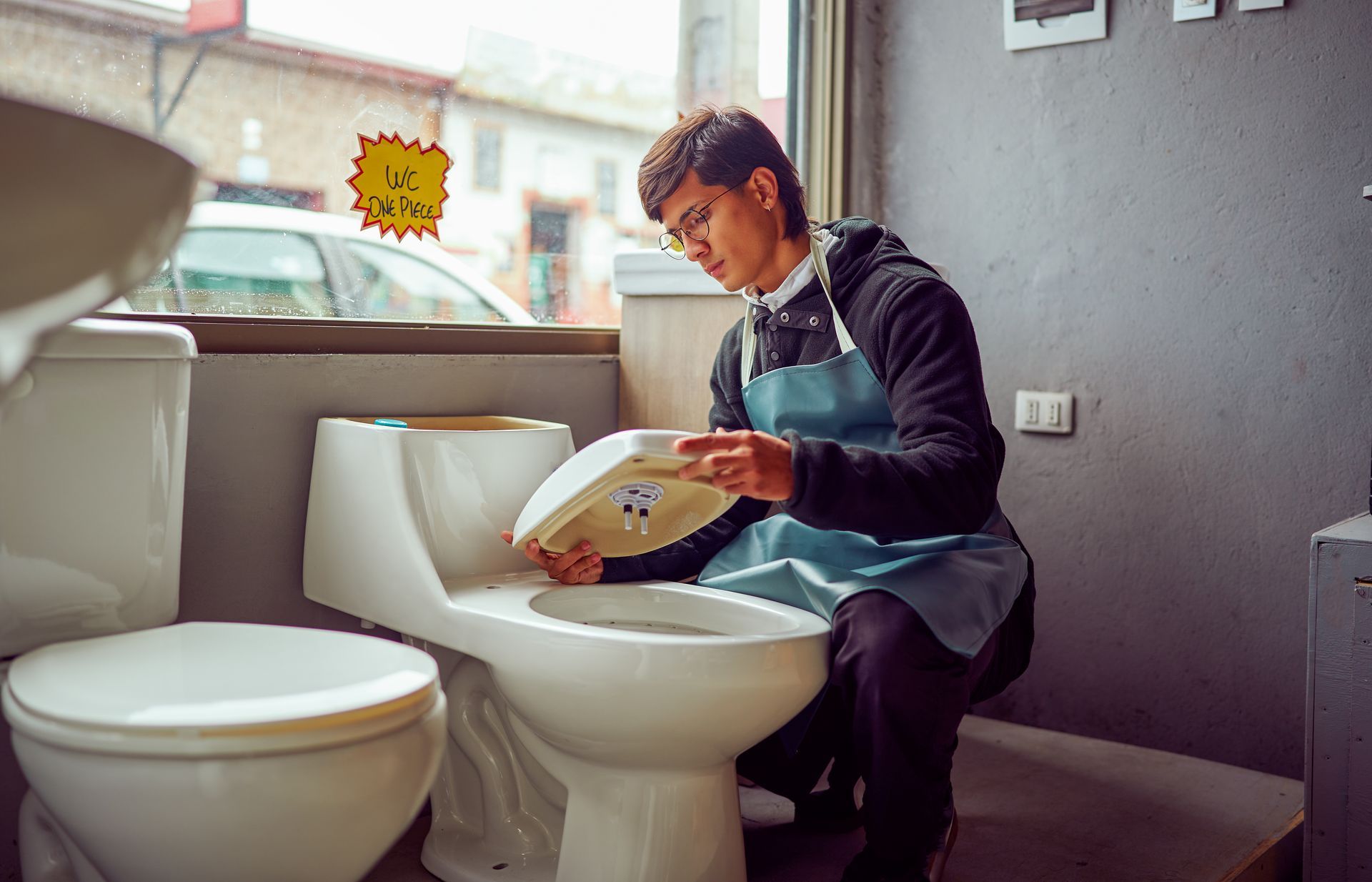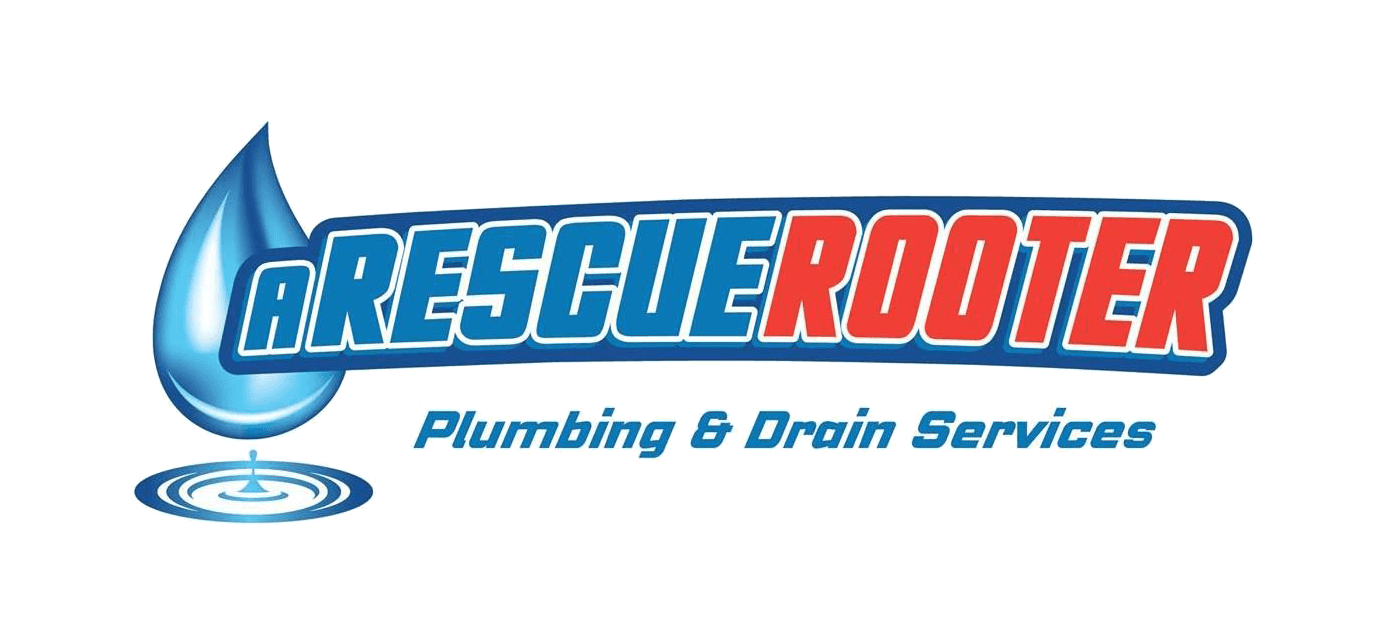Summer Plumbing Survival Guide for Homeowners
Summer is just around the corner, and while it brings longer days and sunny skies, it also places unique demands on your home's plumbing system. Whether you’re hosting backyard barbecues or simply enjoying the season, maintaining your plumbing should be a top priority. This guide will walk you through 10 essential summer plumbing tips to keep your home running smoothly all season long.

Why Summer is Crucial for Plumbing
The summer months can be particularly tough on your plumbing system. With increased water usage from outdoor activities, summer vacations, and higher temperatures, the risk of plumbing issues like clogged drains, sewer line backups, and leaky pipes rises significantly. Understanding how the change in season affects your plumbing can help you take proactive steps to prevent problems before they start.
Increased Water Usage
Summer activities such as filling swimming pools, watering gardens, and running sprinklers can place extra stress on your plumbing system. This increased demand often leads to higher chances of leaks, clogs, and other issues.
Temperature Changes
Heat can cause pipes to expand and contract, leading to cracks and leaks. Additionally, warmer temperatures can exacerbate existing plumbing problems, making minor issues more severe.
Vacation Time
Many homeowners take extended vacations during the summer. Leaving your home unmonitored for long periods can result in undetected leaks or other issues that worsen over time.
Top 10 Summer Plumbing Tips
Taking preventive measures can save you from costly repairs and ensure your plumbing system operates efficiently throughout the summer. Here are 10 tips to help you stay ahead of common summer plumbing issues.
1. Regularly Inspect Outdoor Faucets and Hoses
Outdoor faucets and hoses are essential for summer activities but are often the first to develop issues. Inspect them regularly for leaks or damage.
- Check for Leaks: Look for drips or puddles around outdoor faucets.
- Replace Faulty Hoses: If a hose shows signs of wear and tear, replace it immediately.
- Use Hose Bib Covers: Protect your outdoor faucets with covers to prevent damage.
2. Check for Leaks in the Bathroom and Kitchen
Leaks in the bathroom and kitchen can lead to water waste and higher utility bills. Make it a habit to check these areas frequently.
- Inspect Under Sinks: Look for moisture or water stains under sinks.
- Test Faucets: Turn on faucets and check for drips when turned off.
- Check Toilets: A running toilet can waste gallons of water daily.
3. Ensure Proper Drainage Around the Home
Proper drainage is crucial to prevent water damage and mold growth. Ensure your home’s drainage systems are working effectively.
- Clear Gutters: Remove debris from gutters to allow water to flow freely.
- Inspect Downspouts: Make sure downspouts direct water away from your home's foundation.
- Grade Landscaping: Ensure the ground slopes away from your home to prevent water pooling.
4. Monitor Water Pressure
High water pressure can stress your plumbing system and lead to leaks or bursts. Keep an eye on your home's water pressure levels.
- Install a Pressure Gauge: Use a water pressure gauge to monitor levels.
- Adjust Pressure Regulator: If pressure is too high, adjust the regulator.
- Call a Professional: If you're unsure, consult a plumber for assistance.
5. Tips for Preventing Sewer Line Backups
Sewer line backups can cause significant damage and are particularly common in summer due to increased rainfall and tree root growth.
- Avoid Flushing Wipes: Even "flushable" wipes can clog sewer lines.
- Dispose of Grease Properly: Never pour grease down the drain.
- Schedule Regular Inspections: Have a plumber inspect your sewer line for potential issues.
6. Advice on Maintaining Sump Pumps
A functional sump pump is crucial for preventing basement flooding during summer storms. Regular maintenance can keep it in good working order.
- Test the Pump: Pour water into the sump pit to ensure the pump activates.
- Clean the Pit: Remove debris from the sump pit to prevent clogs.
- Check the Power Source: Ensure the pump is connected to a reliable power source.
7. Preparing for Vacation or Extended Absences
If you're planning a summer vacation, take steps to protect your home from potential plumbing issues while you're away.
- Shut Off Main Water Supply: Turn off the main water supply to prevent leaks.
- Drain Water Heater: Empty the water heater to prevent damage.
- Enlist a Neighbor: Ask a neighbor to check on your home periodically.
8. Guidance on Conserving Water During Summer
Conserving water not only benefits the environment but also reduces your utility bills. Here are some tips to save water during the summer months.
- Use a Timer: Set a timer for outdoor watering to avoid overuse.
- Fix Leaks Promptly: Address leaks immediately to prevent water waste.
- Choose Drought-Resistant Plants: Opt for plants that require less water.
Importance of Professional Maintenance
While these tips can help you manage your plumbing system, nothing beats professional maintenance. Scheduling a professional plumbing inspection by a Hamilton plumber before and after summer can catch potential issues early and keep your system running efficiently.
Early Detection
Professional plumbers can identify and fix issues before they become major problems, saving you time and money in the long run.
Comprehensive Maintenance
A professional service includes a thorough inspection of all plumbing components, ensuring everything is in top condition.
Peace of Mind
Knowing your plumbing system is professionally maintained gives you peace of mind, especially during peak usage periods like summer.
By following these 10 summer plumbing tips, homeowners can avoid common issues and enjoy a hassle-free season. Remember, regular maintenance and early detection are key to preventing costly repairs. Share this post with fellow homeowners who could benefit from these tips and join the conversation by sharing your own summer plumbing experiences in the comments below.
For more expert advice and personalized plumbing services, stay tuned for our upcoming posts or contact us directly. Ready to take the next step?
Rescue Rooter is here to help.






